DEPOT HISTORY
The San Leandro depot was built in 1898 to replace the original San Leandro depot built by the Central Pacific Railroad. The trackage from Sacramento through Niles Canyon and up through San Leandro into Oakland and Alameda was the final leg of the Union Pacific/Central Pacific Transcontinental Railroad. The depot was officially opened in June of 1898.
When it was built it was a two-room structure (not including the restroom) consisting of a passenger waiting room and the agent’s office, with an adjacent unattached freight house. In 1929, a freight/baggage room was added to the south end of the building and the open dock area on the freight house was enclosed.
The depot was in use as a passenger facility until the second World War, when the passenger agency was closed as a “non-essential” service. The freight house was torn down in the early 1970s and the depot was down-graded to be used as a break facility for switch crews working the San Leandro area. This is a photo of the building alongside the tracks in November 1987.

The building was sold to the SLHRS (for $1.00) in 1988. On December 11, 1988, the building was moved to its current site in Thrasher Park in San Leandro and work was begun on restoration. In June 1989, the Museum and Depot was officially reopened to the public. At that time, the building was also designated a San Leandro Historical Site with a bronze plate on the front of the building. 1998 marked the 100th anniversary of the depot.
This is a photo of the building taken in 2010:

SLHRS HISTORY
The HO San Leandro Model Railroad Club was formed in 1973-1974 at the Bancroft Avenue hobby shop in San Leandro where it built its first HO railroad. In 1983, the club lost its space in San Leandro and moved to a hobby shop on Park Street in Alameda where it built a second HO layout. In 1988, the club was forced to move a second time.
A member learned that the Southern Pacific Railroad was about to tear down its depot in San Leandro and saw this as an opportunity to get a permanent home for the club. The San Leandro Historical Railway Society was formed in 1988 to purchase the depot. The society purchased the depot for $1.00 provided it agreed to move the depot off SP property.
The SLHRS raised $75,000 to move the depot. The City of San Leandro granted the SLHRS a twenty-year lease and allowed the club to move the depot into Thrasher Park. The SLHRS extended the lease for a second 20 years starting in 2008.
The San Leandro Depot was built by the Southern Pacific in 1898 and really hadn’t been maintained. It was mess as shown in the photos:
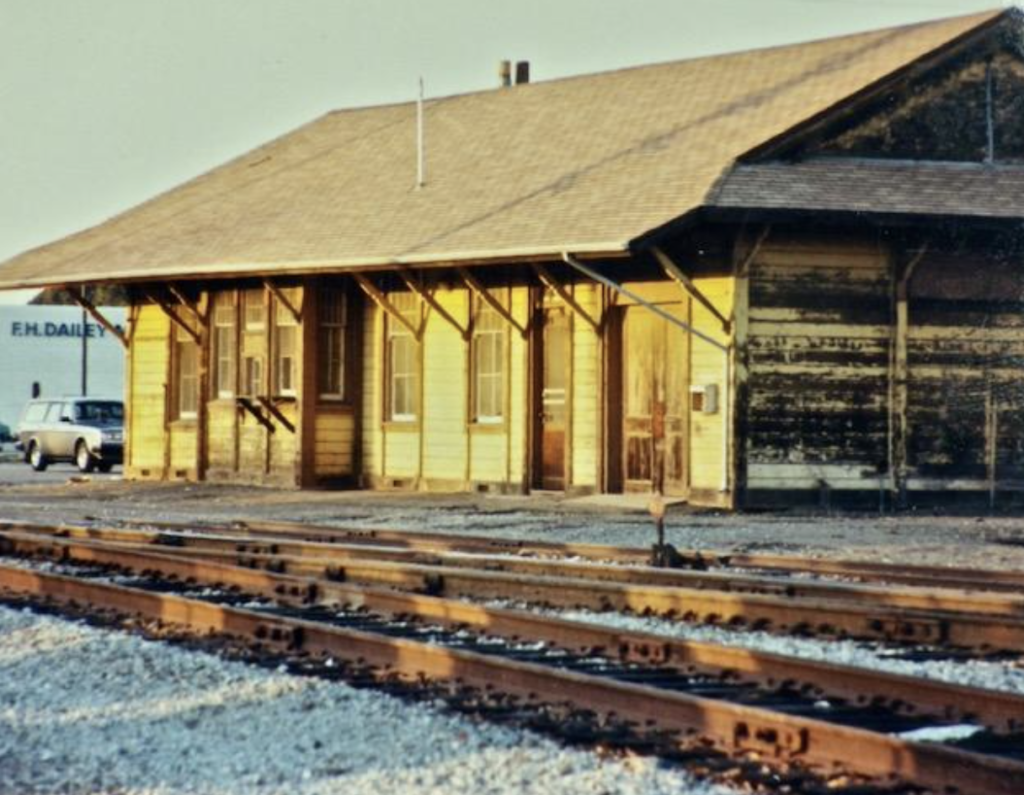
The depot was purchased by SLHRS in 1988 and moved into Thrasher Park in San Leandro.
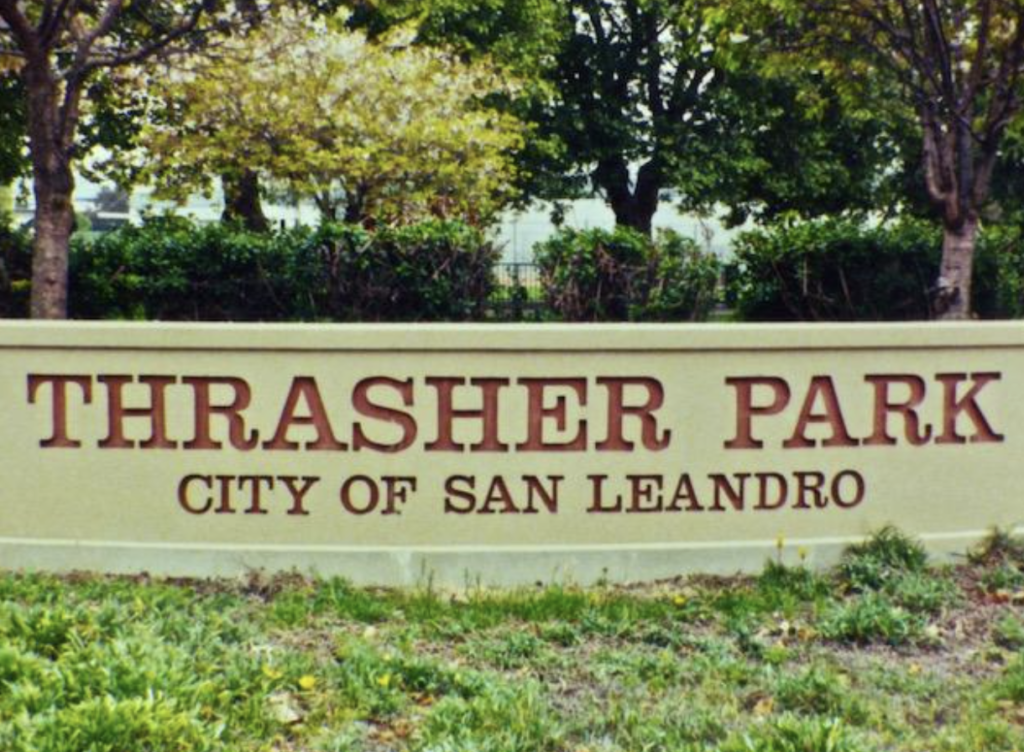
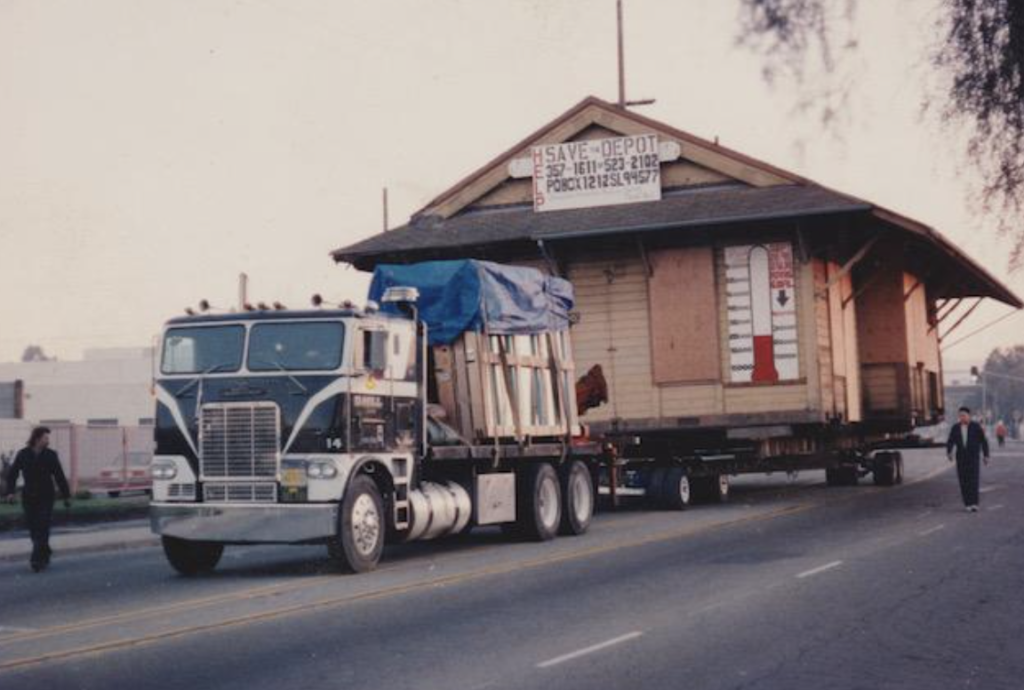

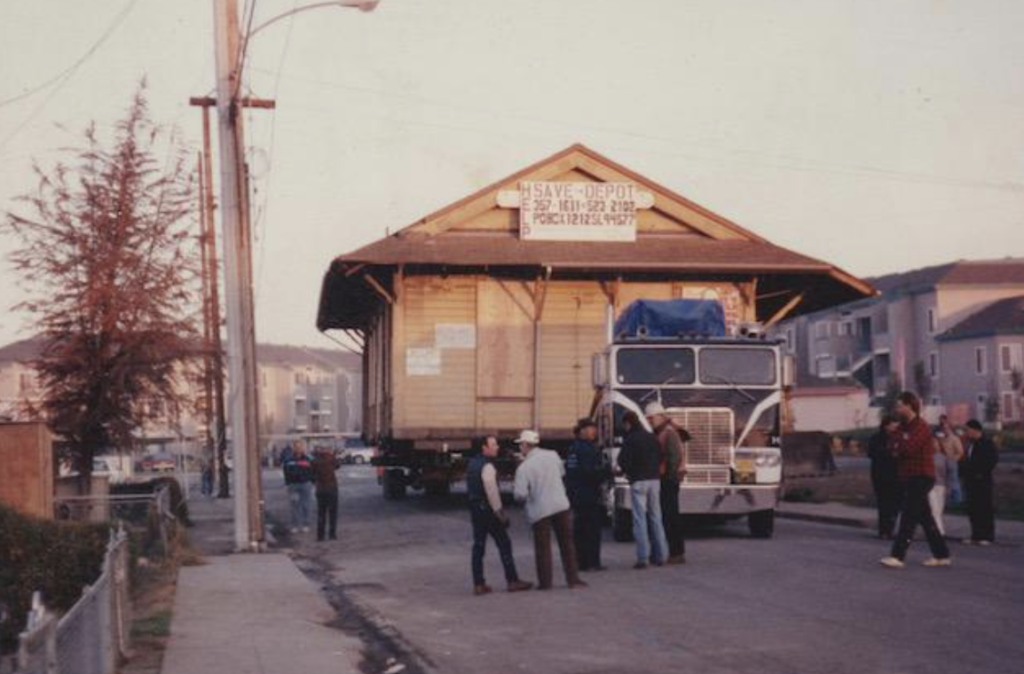

The SLHRS completely restored the building inside and out. Restoration included building a foundation, building a new floor, refinishing all of the redwood walls, installing modern plumbing and wiring, painting the building, and replacing the roof.
A large John Armstrong designed HO layout was built depicting the SP route from the SF Bay Area to Donner Summit and Reno / Sparks. The track plan was featured in the March 1998 issue of Model Railroader. The SLHRS was one of the first clubs to convert its HO layout to DCC.
A few club members became interested in garden railroading. Construction of a large Nancy Norris designed garden model railroad was begun in 2008 and is ongoing.
December 30, 2014 was a traumatic date in SLHR’s history. A large tree was blown down damaging the east end of the Depot and the G&O. Both the depot and the G&O were repaired by mid 2015.
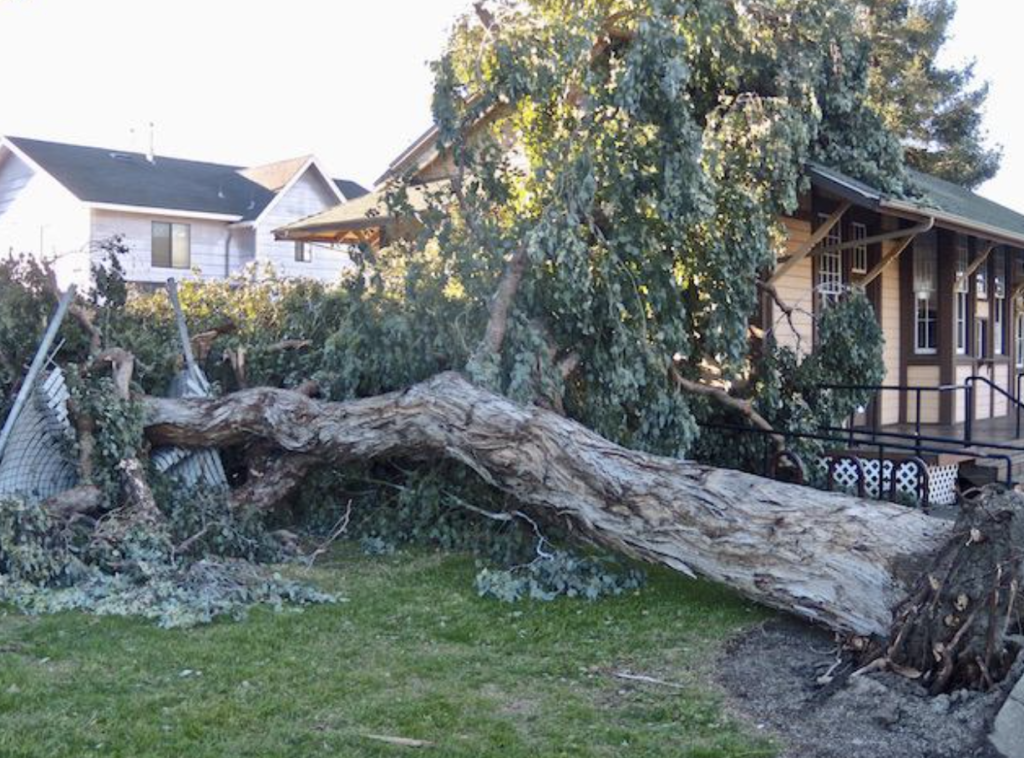
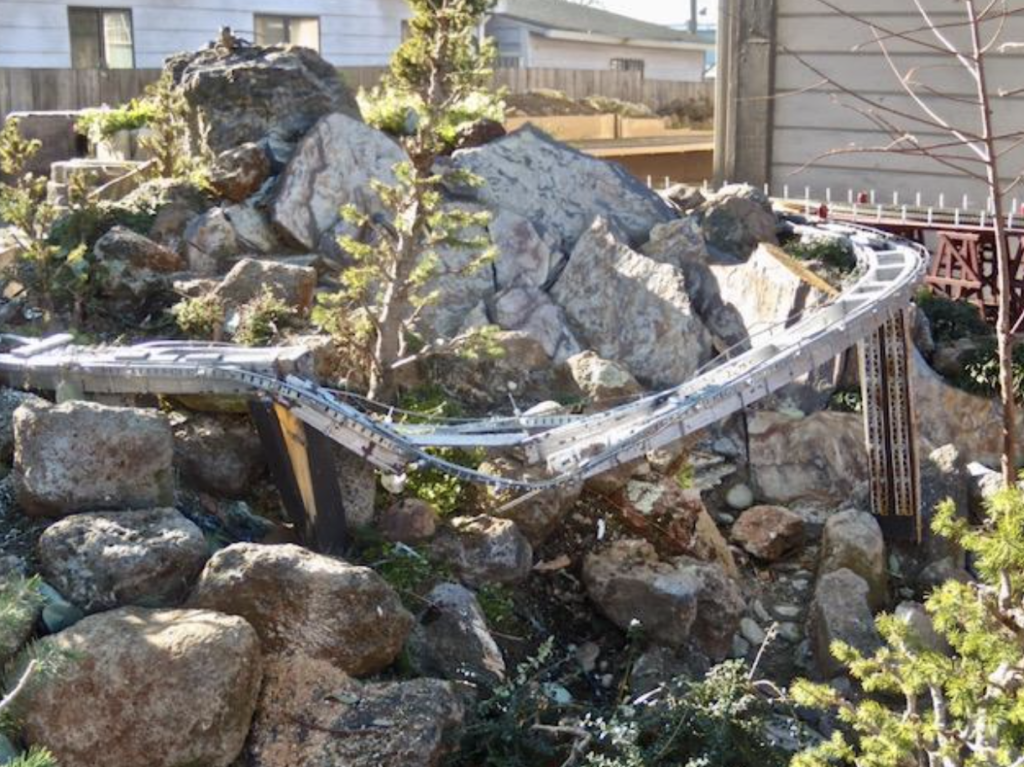

Today the SLHRS operates a small railroad museum and large HO model railroad inside the depot and a garden railroad behind the depot. The SLHRS is open most Saturday mornings and hosts several model railroad shows per year.
The Society also participates in Operation Lifesaver. Operation Lifesaver is a program sponsored by the real railroads to educate the public about the dangers of trespassing on railroad property. The program is credited with saving many lives each year.
The SLHRS has had a successful and eventful past and is looking forward to a bright future.